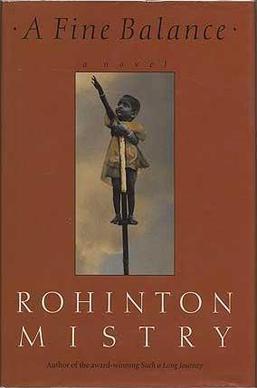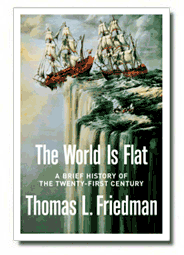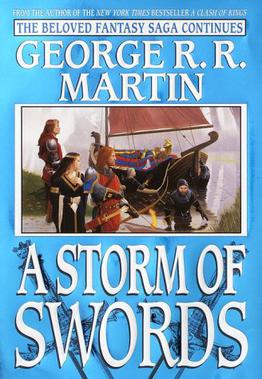
208 pages (Fiction)
I have been a fan of Chuck Palahniuk for a while now. I have read a good portion of his books, but I had never read his first and most famous book, Fight Club. It was made into a movie with Brad Pitt and Ed Norton. This quickly drew a cult following and the book enjoys some of that fame. I have an almost bizarre look out on knowing the endings to anything. I don’t want to know anything about a movie or book before I read it. This is especially true of books. Since I had seen the movie I had never read Fight Club. My wife bought it for me for Father’s Day and I read a good portion of it on a couple airplane flights I was on.
The Narrator goes unnamed through out the book. He suffers from insomnia. In order to deal with his problem he starts going to support groups for various issues. None of the maladies actually affect him. Eventually, our narrator meets Tyler Durden. Tyler is a take charge charismatic guy. While out on the town one evening, Tyler asks the Narrator for a favor. “I want you to punch me.” His theory is that people are so numbed by living their useless lives going nowhere; they need to have something to live for. That something is Fight Club.
The pair begins Fight Club in the basement of a local bar. Soon enough Fight Club becomes huge. Splinter cells start popping up all over the place. Tyler starts using the people attending Fight Club for less than legal activities.
Palahniuk writes like no other author. In this book and others his style is choppy. He jumps from place to place and subject to subject with quick sentences. The reader is left to put the pieces together to form a whole. The book is quickly read and digested easily. The work is all in putting together what is happening.
As I have written in the past many times Palahniuk’s characters are unstable. Being in the head of a crazy person can really get to you. This book isn’t quite as disturbing as others, but this was his first published book. Because of the “crazy” factor I can’t read through many of his books in a row, but they are an exciting change of pace from other books from time to time.
3 Intellectual/Emotional: The interaction of the characters and uniqueness of their outlook on life makes this worthwhile.
5 Readability/Style: Palahniuk’s unique style of writing draws a reader in and you become a part of the story. It’s as if the narrator is revealing himself to you in a seedy bar.
3 Long Term Impact: This book and its adaptation into a movie have garnered a cult following. I wouldn’t suggest it to my mother, but there will be many with interest in his writing for many years.
A total of 11 out of 13. Anyone interested in an off the wall, jarring book is encouraged to pick this up. If you want to try something new this may be for you. Either way…
Keep Turning Pages














